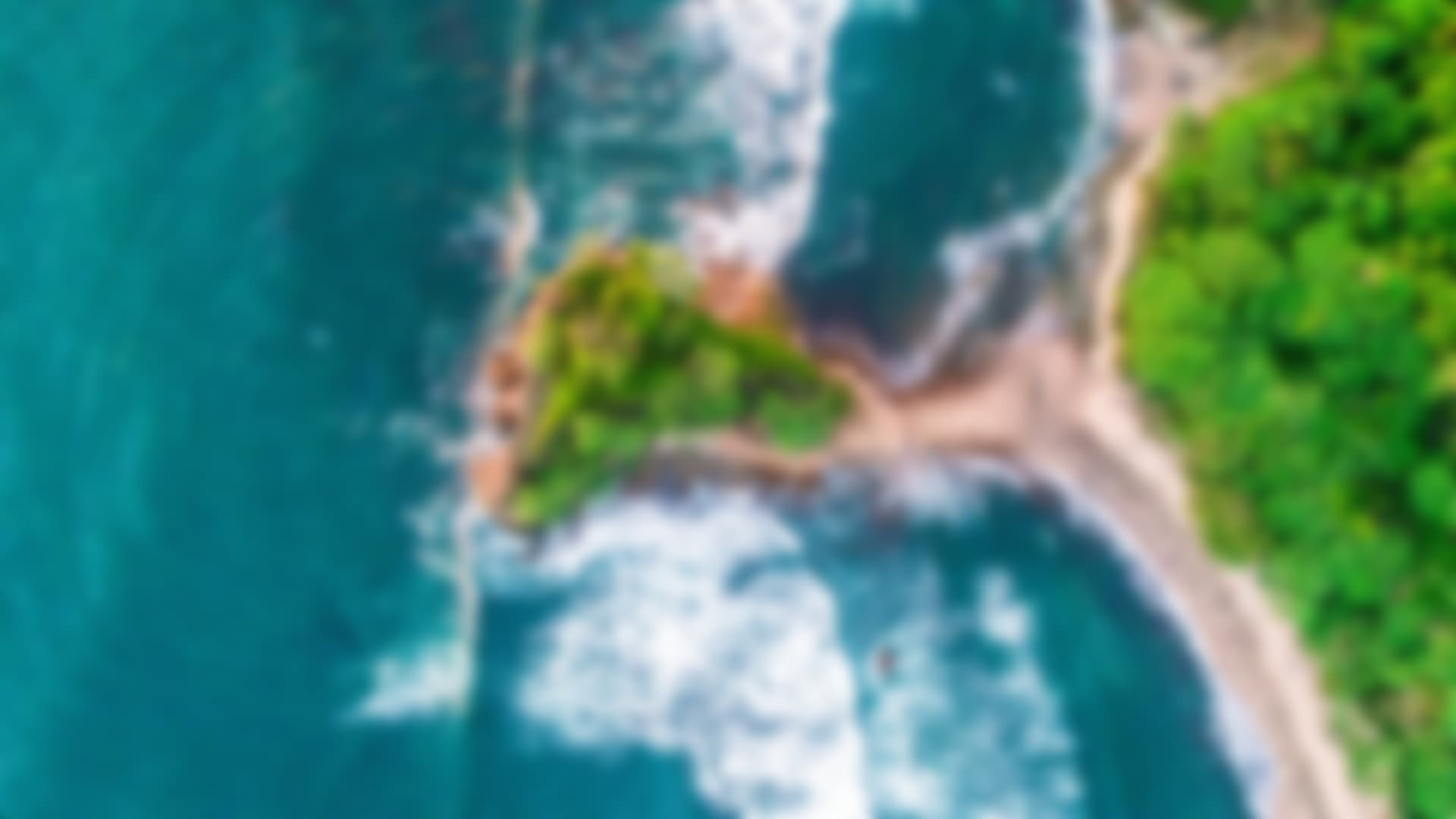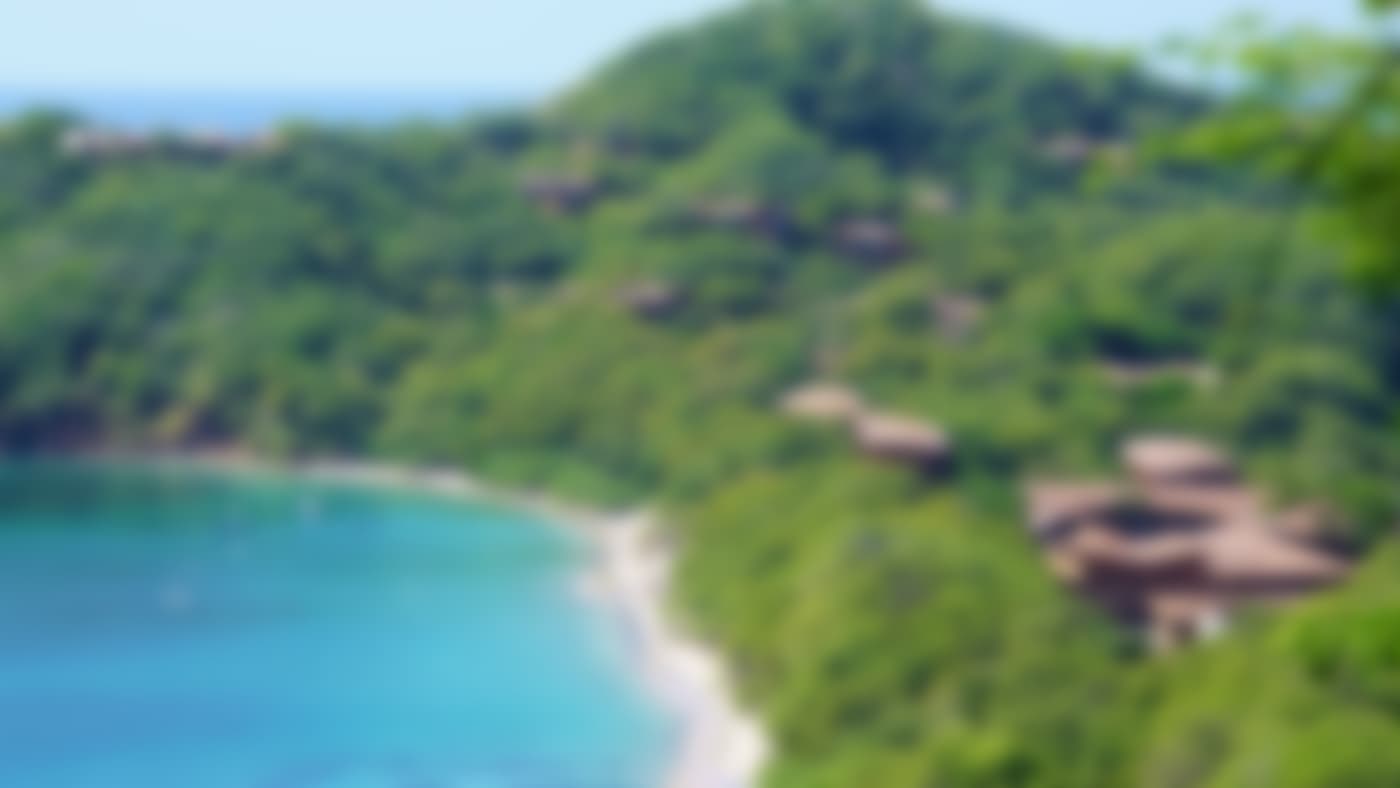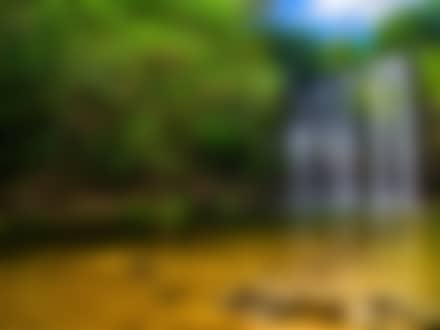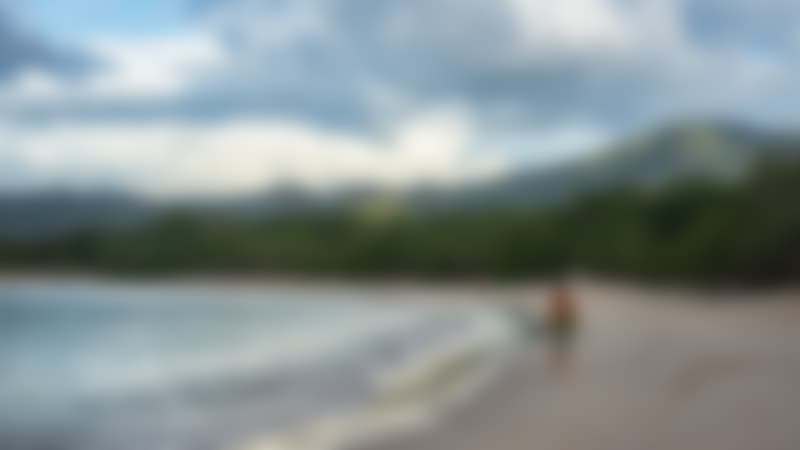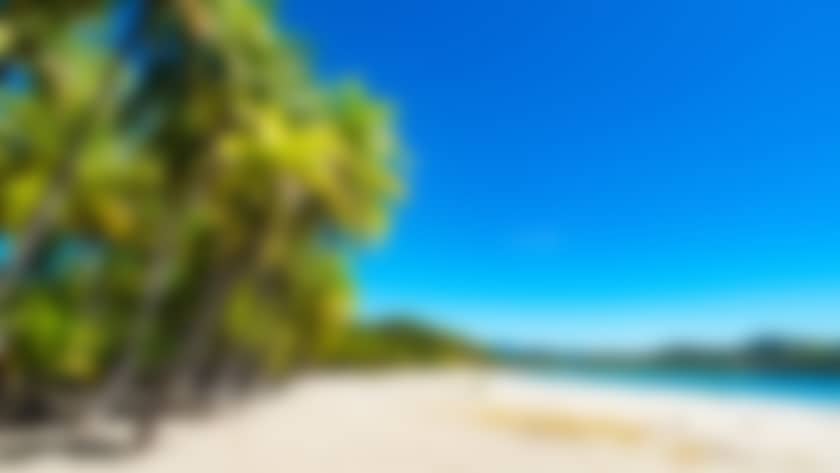About Guanacaste
The warm, Pacific coastal beaches and diverse tropical forests of Costa Rica’s northwest province of Guanacaste beckon adventurers and sun worshippers from around the world.
Explore Costa Rica
Guanacaste, Costa Rica, Central America
Overview
Guanacaste was originally inhabited by the Chorotega Indians, until Spanish settlers arrived at the beginning of the 16th century, naming the land Costa Rica, for “rich coast.”
The most sparsely populated province of Costa Rica, Guanacaste offers locals and vacationers a microcosm of Costa Rica’s incredible diversity.
Santa Rosa National Park provides a rare glimpse into an uncommonly beautiful dry tropical forest with more than 250 species of birds.
The luxurious Papagayo Peninsula, with its shining array of secluded resorts and romantic hideaways, provides an ideal playground for nature lovers and ecotourists.
From golf with a view to water sports of all kinds, this Central American Garden of Eden reminds visitors of a long-ago time when the earth was covered in arboreal splendor and colorful wildlife.
With its majestic waterfalls and pink, black and white sand beaches, Costa Rica’s sublime Guanacaste region remains truly out of this world.
What To Do
Pamper body and soul with a soothing coffee scrub or lava rock massage at a luxurious spa on Guanacaste’s lush Papagayo Peninsula.
Feel like you’re in the American southwest or African savanna in the dry, desert-like regions of Guanacaste, where much of the country’s cattle and sugarcane are raised.
Visit the lovely Nicoya Peninsula for a peek at the nesting habits of endangered sea turtles at the Ostional Wildlife Refuge near Nosara or along Playa Camaronal near Samara.
For the past 20 years, Costa Rica has awarded stars and blue flags to its most environmentally friendly beaches. Visit five-star, blue flag beaches, Matapalo and El Madero, along the Pacific coast in Guanacaste. And cool off in Costa Rica’s secretly sublime Llanos del Cortez Waterfall just outside Liberia.
What To See
Visit an array of historic churches throughout the Guanacaste region, including La Ermita La Agonia in Liberia, and the colonial Church of San Blas in Nicoya.
Explore the dormant and active volcanoes, 32 meandering rivers and extensive wildlife of the diverse Rincon de la Vieja National Park.
Nightlife
There’s plenty of action in the bars and clubs of Costa Rica’s splendid Guanacaste region.
Playa del Coco is one of Guanacaste’s more lively spots, especially along the town’s main road. Hotels in the Papagayo area also offer some nightlife options.
Off the Beaten Path
Although much of Costa Rica feels off the beaten path, there are still plenty of out-of-the-way places to discover. Explore one of Costa Rica’s best-kept secrets, the cascading Llanos del Cortez Waterfall, just outside Liberia.
Food and Drink
Many Costa Ricans get their day to a start with gallo pinto, a hearty mix of rice, beans, eggs, plantains, and meat.
Lunch includes such traditional dishes as casado with white rice and beans, plantains, salad and meat, or picadillo, a flavorful mélange of ground beef and dried Spanish chorizo basted in a fragrant sofrito (sauce). Flan or arroz con leche provide a sweet end to a delicious day in paradise.
Guanacaste with Kids
Float with the family along the gentle Corobici River, home to howler monkeys, iguanas and otters. View some of the 300 or more species of colorful winged creatures, such as kingfishers, boat-billed heron, and white ibis, in nearby Palo Verde National Park. Experience life anew as leatherback sea turtles nest along the beaches of Las Baulas National Marine Park from October through March.
When to Go
Guanacaste is usually warm and dry, especially from mid-December through April during Costa Rica’s dry season, which is the most popular time to visit. January is a great month to visit, after the rains have ended but while the rainforests are still lush and the beaches warm and sunny.
The Nicoya Peninsula boasts lovely weather, although the roads can occasionally become impassable during the rainy season from April to November. You can always take a short ferry ride from Puntarenas to Paquera.
Temperatures generally remain in the balmy mid-70s F through the mid-80s F throughout the year.
Fast Facts
The Guanacaste tree, with its wide crown of greenery, was declared Costa Rica’s national tree on August 31, 1959.
This diverse country, with more than 500,000 varieties of species, offers much-needed refuge to around ten percent of the world’s wildlife.
Christopher Columbus arrived in Costa Rica in 1502, dubbing the colony rich coast. The country is clearly rich, however, in natural wonders. Today, it has become a leading producer of coffee and bananas, crops that grow well in the predominantly volcanic soil.
Travel Tips & Tools
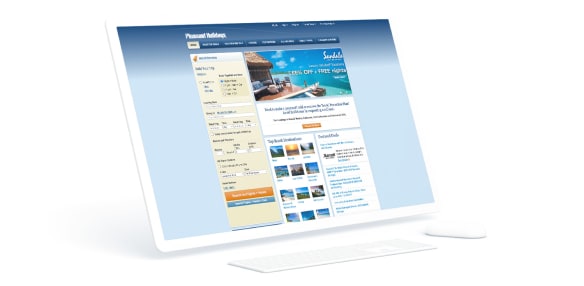

You will be transferred to our traditional site.
We are currently working on enhancements to this part of our website. A new version will be available soon. Don’t worry – switching over will not interrupt your booking.
Welcome to the all-new Pleasant Holidays booking experience !


You can now plan your next vacation with our exciting new booking engine. Some advanced features are still being developed, and selecting these options may require you to return to our traditional booking experience. Don’t worry – switching over will not interrupt your booking.
We've updated your online experience to make sure you can get your dream vacation. Since our makeover is still in progress, you may experience shifts from our traditional booking experience to our new one.
Contact us
Any questions ?
Our travel advisors will be happy to help!



